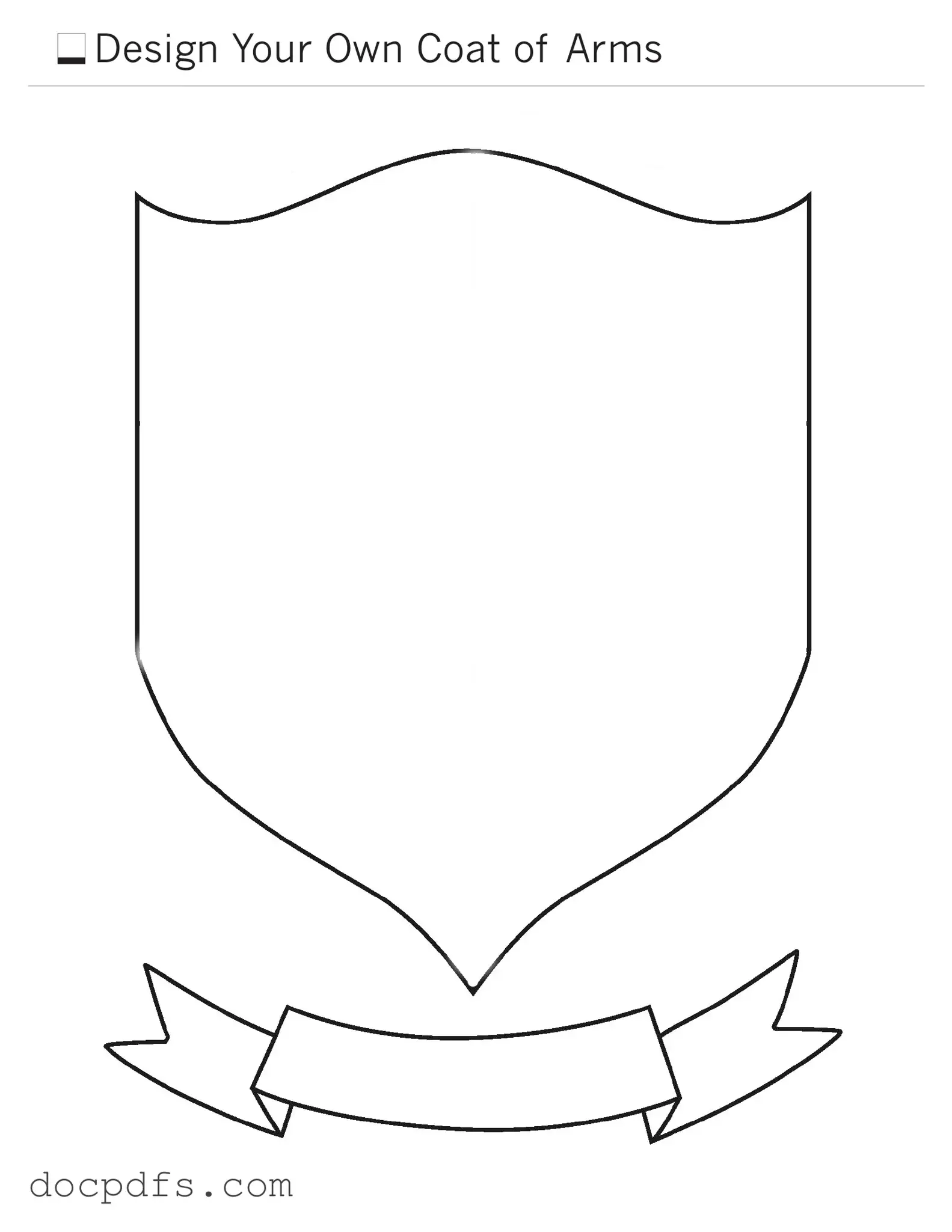Coat Of Arms Template in PDF
The Coat Of Arms form is an official document used to request the creation or modification of a coat of arms, which symbolizes an individual's or organization's identity and heritage. This form serves as a vital tool for those seeking to establish or enhance their heraldic representation. By completing the Coat Of Arms form, applicants can ensure their unique emblem is officially recognized and recorded.
Open Coat Of Arms Editor Now
